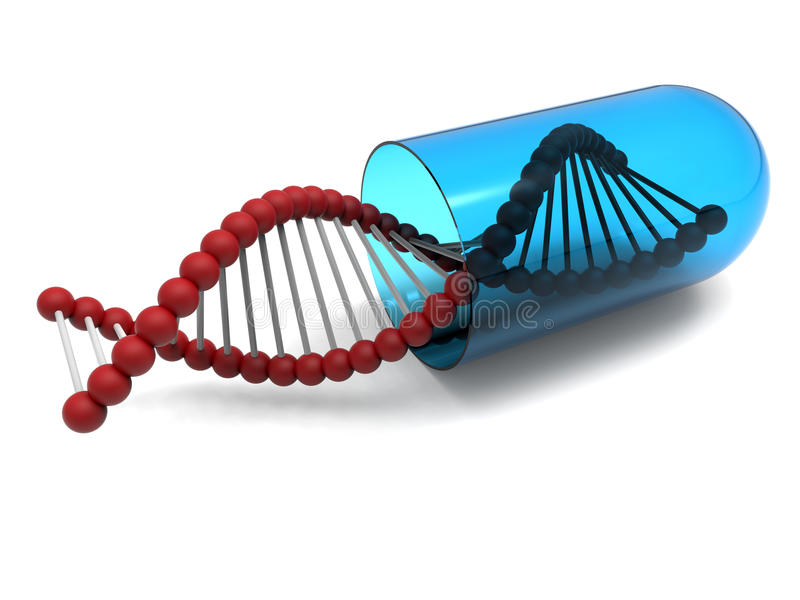Gene Therapy for Rett syndrome : ASGCT abstract reports

The annual meeting of the American Society for Gene and Cell Therapy (ASGCT) was held recently. I read the abstracts related to gene therapy for Rett Syndrome as such abstracts often act as pointers to the direction in which current research is heading and have presented a summary in this article.
MeCP2 Defect Correction
In an in vitro (in the test tube) study, scientists from the Department of Surgery, City of Hope, Duarte, California used Adeno-associated virus (AAV) to deliver the MeCP2 gene to cells from a Rett patient. The results of the study showed that the MeCP2-associated defect in the cells was successfully corrected. Although this may seem removed from therapy using AAV to deliver a functional MeCP2 gene directly to the brain of a Rett individual, this represents an alternative strategy viz. to correct cells which are cultured in the laboratory before transfer to a Rett individual.
RNA Skip
A study from Shape Therapeutics in Seattle used a sophisticated molecular biology strategy to correct mutations in the MeCP2 gene. (Remember that a codon is a triplet of bases in the gene that encode a specific amino acid, and that amino acids are the building blocks of proteins). Mutations in the MeCP2 gene can lead to premature termination codons that result in loss of expression of a functional MeCP2 protein. This research group studied the effect of using a strategy called RNA skip which recognises a premature stop codon in the MeCP2 gene and corrects this by inserting a codon for the correct amino acid. Using mouse neurons which contained two common Rett mutations, the strategy corrected the mutations 50% of the time. This may not appear to represent much of an advance, but it is important to remember that any increase the level of MeCP2 expression may have a dramatic positive impact on the outcome.
Taysha Gene Therapy
I have written previously on the gene therapy strategy developed by Taysha Gene Therapy in Dallas (see A game changer for gene therapy for Rett Syndrome-https://rettaustralia.org.au/blog/a-game-changer-for-gene-therapy-for-rett-syndrome/). In the study described in this abstract, the company delivered AAV, which encodes the mini MeCP2 gene along with the miRARE control system, to the brain of 24 monkeys to assess safety. The study showed that there were no adverse events and that the AAV was well tolerated. This is an important step in the eventual use of AAV in the Phase 1 trial proposed by Taysha later this year.
AAV-MeCP2-miRARE Injection
A complementary study by the same group showed that direct injection of the AAV-MeCP2-miRARE into the brains of mice which are defective in MeCP2 showed that the treatment improved survival age, improved respiratory health and corrected other defects associated with Rett Syndrome. The strategy was most effective in young mice and benefitted from the simultaneous delivery of an immunosuppressant to ensure that the mice did not develop an immune response against the AAV. This is also an important study that supports the proposed Phase 1 clinical trial.
To ensure that the approach developed by Taysha is as safe as possible, another abstract from the company showed that high doses of the AAV-MeCP2-miRARE showed no adverse events after direct delivery of the virus into the central nervous system of male and female rats.
Despite the promise of AAV gene therapy, the eventual outcome of such therapy to treat or cure Rett Syndrome cannot be predicted. Consequently, Taysha initiated a series of experiments in mice to examine the effect of additional non-invasive interventions. In these studies, the outcome of AAV gene therapy was assessed in adolescent male and adult female mouse models after supplementation with exercise and/or environmental enrichment. The results showed that either or both were beneficial suggesting that similar supplementation was likely to be helpful in human gene therapy treatment of Rett Syndrome.
MeCP2 Delivery Expression
The next abstract, from Neurogene in NY, reported on an alternative strategy to that of Taysha to regulate the level of expression from the MeCP2 gene delivered by AAV. Recognising that the level of expression of MeCP2 is dose sensitive (to avoid MeCP2 duplication syndrome), Neurogene, like Taysha, has developed a miRNA system (in this case termed EXACT) to regulate expression of MeCP2 delivered by AAV. Delivery of AAV-MeCP2-EXACT to cultured cells resulted in controlled MeCP2 expression and increased survival and improved clinical scores in MeCP2 defective mice, after direct delivery into the central nervous system. A similar study in monkeys showed no side effects after delivery into the brain. These results provide additional encouragement for the further development of AAV gene therapy studies.
X-chromosome Reactivation
A previous article now on the RSAA website explained the strategy of X-chromosome reactivation as a strategy to treat or cure Rett Syndrome (https://rettaustralia.org.au/blog/further-studies-on-how-to-cure-rett-syndrome-re-activate-the-inactivated-x-chromosome/).
In a study from the Center for Gene Therapy in Columbus, Ohio, the researchers developed a method to reactivate the expression of MeCP2 from the otherwise inactivated X chromosome. The strategy uses AAV to deliver a microRNA sponge that binds miRNA106a which is a vital regulator of X chromosome inactivation. If this results in X chromosome re-activation, this is likely to result in expression of MeCP2. This is an exciting alternative strategy that improved survival and behaviour of mice with Rett Syndrome and was shown to be safe in normal mice and monkeys.
Thanks to Tony Cagliuso for helpful comments and Gary Grocott for judicious editing.
Eric Gowans
6th July, 2022
